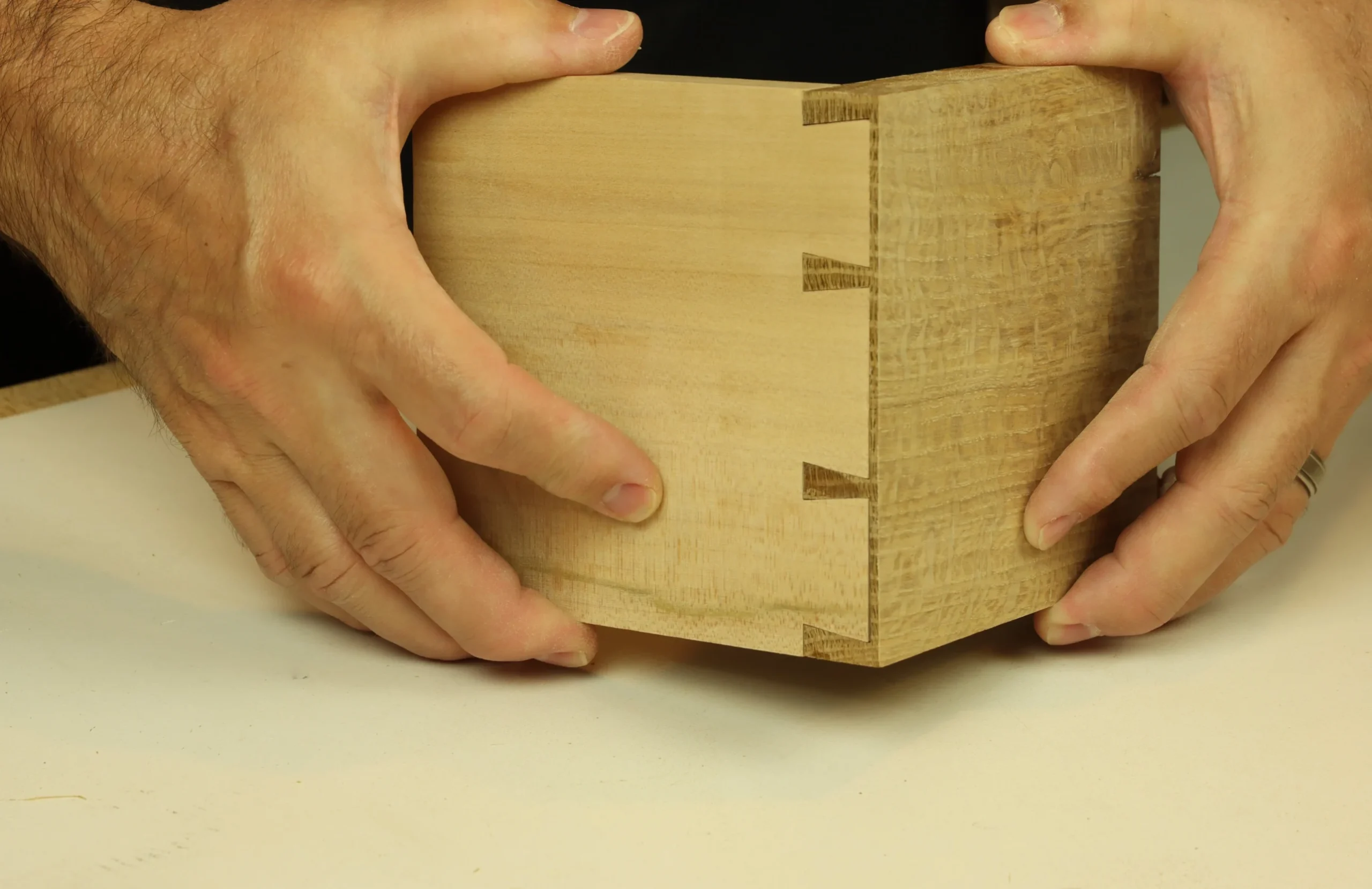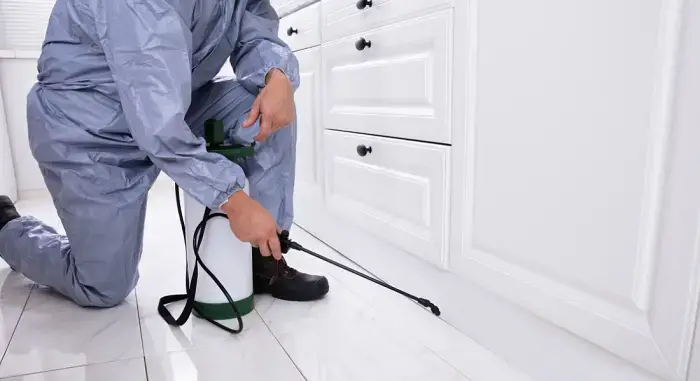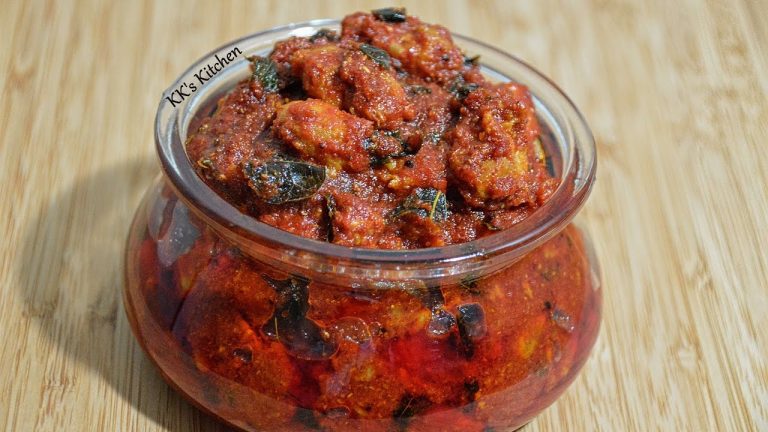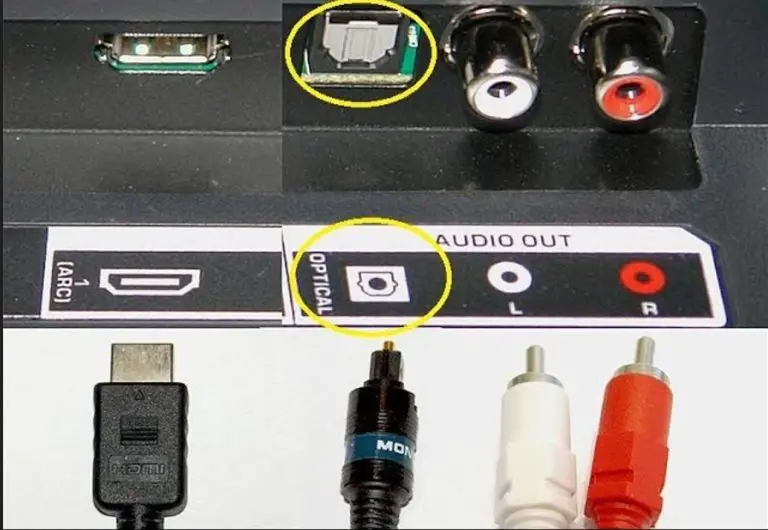What Is The Best Joint For Cabinets?
The best joint for cabinets depends on the type of cabinet being built and the type of look desired. Generally, the most popular joint is the dovetail joint, which is strong and provides a decorative look. This joint is used for both face frames and frameless cabinets. Mortise and tenon joints are also popular for face frame cabinets, while butt joints are common for frameless cabinets. Other joints, such as miter, lap, and dowel, are also used for specific cabinet types.
Types of Joints
Cabinets are essential in homes and offices, providing storage for books, documents, utensils, and other items. The strength of the cabinet is dependent on the type of joints used. Knowing which type of joint is best for cabinets can help ensure that the cabinet is durable and long-lasting.
Miter joints are one of the most common types of joints used for cabinets. This type of joint is characterized by its angled cut, which creates a strong corner connection when two pieces of wood are attached. Miter joints are used most often in frames, doors, and other box-like structures.
Butt joints are another type of joint used for cabinets. This type of joint is simple. It is formed by joining two pieces of wood together, usually at a right angle. While not as strong as miter joints, butt joints are still an effective way to join two pieces of wood.
Dovetail joints are a third type of joint that is popular for cabinets. This joint is composed of interlocking “fingers” that form a strong connection when two pieces of wood are put together. Dovetail joints are more labor-intensive to create, but they are also one of the strongest types of joints and are often used in high-end cabinetry.
Finally, pocket holes are a type of joint that is becoming increasingly popular for cabinets. This joint is created by drilling a hole in one piece of wood and inserting a screw into the other piece of wood. Pocket holes are less visible than other types of joints and can be used to create a strong, clean connection.
Each type of joint has its benefits and drawbacks, and the best type of joint for cabinets depends on the type of cabinet being built and its intended purpose. Knowing the different types of joints available and their strengths and weaknesses can help ensure that the cabinet is built to last.
Advantages and Disadvantages of Different Types of Joints
Cabinets can be an integral part of any home and choosing the right joint for them is essential. There are many different types of joints available, each with its advantages and disadvantages. Knowing the pros and cons of each joint can help you make an informed decision about the best type of joinery for your cabinets.
The most popular type of joint is the butt joint, which is a simple connection between two pieces of wood. This joint is strong and easy to assemble, making it a popular choice for cabinets. However, it can be weak if the edges of the two pieces of wood are not perfectly aligned.
The dovetail joint is another common type of joinery used for cabinetry. It is an interlocking joint with angled, beveled edges that make it both structurally sound and aesthetically pleasing. The dovetail joint is more time-consuming and complicated to assemble than the butt joint, but it is much stronger and more resilient.
The mortise and tenon joint is a traditional woodworking technique that has been used for centuries. This joint creates a strong connection between two pieces of wood and is often used for larger cabinets. However, it is difficult to assemble and requires a great deal of precision.
The pocket hole joint is a relatively new type of joinery that is becoming increasingly popular for cabinet making. This joint is quick and easy to assemble, making it ideal for DIY projects. However, it is not as strong as other types of joints and can be prone to loosening over time.
When it comes to choosing the best joint for your cabinets, it is important to consider the advantages and disadvantages of each type of joint. Taking the time to research and understand the different types of joinery will help you make an informed decision and ensure that your cabinets are built to last.
What Are The Most Common Cabinet Joints
When selecting the best joint for cabinets, it’s important to understand the most common types of cabinet joints available. The type of joint used for any particular cabinet will depend on the structure and design of the cabinet as well as the materials used. Common cabinet joints include butt, dado, dowel, miter, rabbet, mortise and tenon joints.
Butt joints are the most basic. They are simply two pieces of wood that are joined at an angle and secured with glue and nails or screws. The downside is that they are not as strong as some other joints.
Dado’s joints involve cutting a groove in one piece of wood and then inserting the other piece of wood into the groove. These are very strong joints and are commonly used in cabinet frames.
Dowel joints are stronger than butt joints and involve inserting wooden dowels into holes drilled into both pieces of wood. They are secured with wood glue and can provide a very strong connection.
Miter joints are used for creating angled corners and involve cutting two pieces of wood at an angle and joining them together. While they are not as strong as some other joints, they can provide a very neat-looking finish.
Rabbet joints are similar to dado joints in that one piece of wood is cut to fit into a groove in another. They are often used for securing cabinet doors and drawers.
Mortise and tenon joints are used for joining two pieces of wood at right angles. They are the strongest type of joint and are often used to secure the legs of tables and chairs.
When selecting the best joint for cabinets, it is important to consider the strength of the joint and the design of the cabinet. All of the joints mentioned above have their advantages and disadvantages and should be carefully considered before making a decision.
How to Choose a Joint for Cabinets
Cabinets are an essential component of any home, and choosing the right joint for them is an important decision. There are several types of joints available for cabinet construction, each with unique advantages and disadvantages. While some joints are better suited for specific applications, there are several factors to consider when selecting a joint for your cabinets.
First and foremost, consider the strength and durability of the joint. The most common joints are mortise and tenon, dovetails, and pocket screws, but all of these are strong and sturdy enough for cabinet construction. Additionally, you should consider the appearance of the joint. Mortise and tenon joints, for example, are quite attractive, while pocket screws are very practical and won’t draw attention away from the overall look of the cabinet.
Next, consider the type of material used for the cabinet. Different materials require different types of joints, and some joints are more suited for certain materials than others. Consider the weight and size of the material when selecting a joint. For example, a heavier material might require a stronger joint, such as a mortise and tenon joint, while a lighter material might require a simpler joint, such as a pocket screw.
Finally, consider the cost of the joint. Different types of joints can vary greatly in price, so it’s important to consider your budget when selecting a joint. The quality of the joint is also important to consider; cheaper joints may not hold up as well as more expensive ones.
When choosing the best joint for your cabinets, take into account the strength, appearance, material type, and cost of the joint. With careful consideration, you can choose the right joint to ensure your cabinets are strong, stylish, and cost-effective.
Tools and Materials Needed for Different Joints
Cabinetmaking is a skill that requires precision and accuracy, and the choice of joint for any particular cabinet is essential for ensuring the highest quality result. It is important to understand the different types of joints available, and what tools and materials are needed for each. From pocket screws to dowels, several joints can be used for cabinets.
Pocket screws are often the simplest and most cost-effective choice for cabinetmaking. This type of joint is strong and provides a secure connection between two pieces of wood. A pocket hole jig, drill bit, and screws are all that is required for this joint.
Dowels are another option for joining two pieces of wood together. Dowel joints are strong and secure but require more precision than pocket screws. Dowel jigs, drill bits, and dowels are all necessary for this type of joint.
Biscuit joints are a popular choice among cabinetmakers, as they are relatively easy to install and provide a strong connection. For biscuit joints, a biscuit joiner, drill bit, and biscuits are needed.
Butt joints are a basic type of joint that is used in cabinetmaking. They are easy to install, but not as strong as other joints. For butt joints, a drill bit and screws are all that is needed.
No matter which type of joint you choose for your cabinets, it is important to make sure that you have the right tools and materials for the job. Each joint type requires different tools and materials, and it is important to understand what these are before beginning the project. With the right tools and materials, you can create beautiful cabinets with a strong, secure joint.
Instructions for Installing Different Cabinet Joints
When it comes to choosing the right joint for cabinets, it can be difficult to know which one is best for the job. Joints are the points of connection between two pieces of material and serve the purpose of connecting two pieces, so it is important to choose the correct joint for your cabinet construction. To help you decide which joint is best for your cabinet project, here is a step-by-step guide to installing different cabinet joints.
Dado: A dado joint is a strong and reliable joint used in cabinet construction. This joint is created by cutting a groove into two pieces and then inserting a third piece of material into the groove. To create a dado joint, use a router to cut a groove into the two pieces of material. Then, use a chisel to cut the third piece of material to the correct size and shape before inserting it into the groove.
Butt: Butt joints are a type of joint where two pieces of material are simply butted together. This is the simplest type of joint, but it is not as strong as other joints. To create a butt joint, use a saw to cut the two pieces of wood to the same size. Then, use wood glue to attach the two pieces.
Miter: Miters are a type of joint used to join two pieces of material at an angle. This joint is often used to join pieces of molding, trim, or other decorative elements. To create a miter joint, use a miter saw to cut the two pieces of material at the desired angle. Then, use wood glue to attach the two pieces.
Biscuit: Biscuit joints are a type of joint that uses a small cylindrical piece of wood called a biscuit to join two pieces of material together. To create a biscuit joint, use a biscuit joiner to cut a groove into the two pieces of material. Then, insert a biscuit into the groove and use wood glue to attach the two pieces.
These are just a few of the most common types of cabinet joints. Each joint has its advantages and disadvantages, so it is important to choose the right joint for your project. With the right tools and materials, any of these joints can be used to create a strong and reliable cabinet.
Troubleshooting Common Issues with Cabinet Joints
The installation of cabinet joints can be a tricky process, and it’s important to get them right so that they last for many years to come. Knowing what kinds of joints are available and how to troubleshoot common issues can help you maintain your cabinets in the long run.
Several types of joints are commonly used in cabinets, including butt joints, miter joints, dovetail joints, and pocket joints. Each has its unique characteristics and benefits, making it important to choose the right one for your project.
Butt joints are the simplest and most common type of joint used in cabinet construction. They are easy to assemble and provide a strong, secure connection between two pieces of wood. However, they are not as strong as some of the other joints and may require additional reinforcement.
Miter joints are another popular option and provide a more aesthetically pleasing look than butt joints. They are also stronger than butt joints, but they require more precision to assemble.
Dovetail joints are the strongest type of joint and are great for making cabinets that will last for many years. However, they are more difficult to assemble and can be time-consuming.
Pocket joints are the easiest type of joint to use and are great for beginners. They provide a strong connection, but they do not have the same strength as some of the other joints.
When it comes to troubleshooting common issues with cabinet joints, the most important thing to do is to make sure they are properly installed. Check for loose screws or nails, and make sure the joints are tight and secure. Also, check to see if any of the joints need to be repaired or replaced.
Knowing what type of joint is best for your cabinets and how to troubleshoot common issues can help you get the most out of your cabinets and keep them looking great for many years to come.
FAQs About the What Is The Best Joint For Cabinets?
1. What type of joint is best for cabinets?
The best joint for cabinets is a pocket-hole joint, which is easy to make and provides a strong, secure connection.
2. What tools do I need to make a pocket-hole joint?
You need a pocket-hole jig, drill, and screwdriver to make a pocket-hole joint.
3. How long does a pocket-hole joint last?
A pocket-hole joint will last for many years with proper maintenance.
Conclusion
The best joint for cabinets is the dovetail joint. It is the strongest joint and is used for a variety of woodworking projects. It is reliable, strong, and aesthetically pleasing. The dovetail joint is an excellent choice if you are looking for a strong and beautiful joint for your cabinets.







